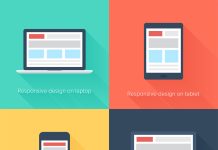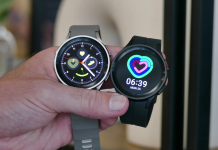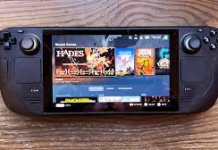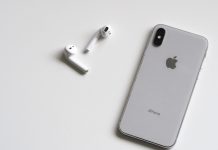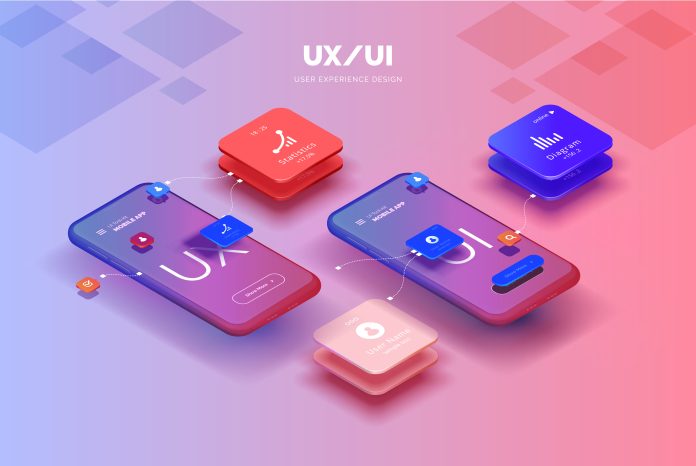UX and UI design optimize how users interact with websites and apps. Incorporating them into marketing strategy helps gain and retain customers. This article looks at the key roles they play.
What is UX Design?
UX design means user experience design. It focuses on the full end-to-end customer journey. The goal is to create positive emotions and overcome pain points during engagements with a product or service.
What is UI Design?
UI is user interface design. This involves visually designing app/webpage layouts, buttons, menus, and graphics users click and see. The UI controls how they interact with sites and software.
UX and UI Working Together
UX informs what website functionality serves user needs at each stage. UI brings this to life visually and functionally through layouts, colors, shapes, and styles. UX strategies. UI executes.
Why UX/UI Matters to Marketing
UX and UI heavily influence visitor responses and conversions. If complex or confusing, visitors leave without taking the desired actions. Smart UX and UI remove obstacles and persuade visitors to progress further into their journeys.
Negative Impacts of Poor UX/UI
Bad design has consequences:
- Lower opt-in rates for offers.
- Fewer purchases and downloads.
- Fewer leads captured.
- Lost credibility.
- Higher bounce rates.
- Lower satisfaction and trust.
Poor UX/UI fails both users and business goals by losing conversions.
UX/UI Benefits for Marketing
Well-executed user-centric UX/UI delivers:
- Increased opt-ins and lead generation.
- Higher sales and customer value.
- Stronger credibility and trust.
- More positive word-of-mouth.
- Viral social sharing.
- Improved customer lifetime value.
- Lower customer acquisition costs.
These progress key marketing metrics.
UX/UI Enables Business Strategy
In many industries, the UX defines the business model. Streaming, mobile apps, SaaS, and memberships center completely around UX.
- Netflix – Bingeing more content
- Amazon – 1-click buying removes friction.
- Uber – Finding rides easily.
The UX at these brands builds business.
Guiding Visitors to Conversions
A site’s layout and journey either help or hinder visitors from reaching goals. UX design identifies sticking points and gaps preventing progress from being fixed.
Use visitor data to model common paths and see where more get lost. Then build bridges across gaps guiding traffic better to desired endpoints.
Personalization Improves UX
Customized, relevant experiences based on individuals convert much better.
Personalization tactics like tailored content recommendations, messaging, special offers, and even different landing pages boost opt-ins and sales thanks to improved relevance and sentiment.
Simplicity Beats Clutter
Keep UX focused on simplicity for visitors. Allow instant achievement of desired outcomes without unnecessary extras crowding out goals.
Too many options or confusing steps overload visitors and send them away. Be concise in offering what they want.
Images Boost Credibility
Relevant photos and videos integrated using smart UI rules raise perceived credibility and trust in services while helping explain or showcase offerings. Humans get convinced through visual evidence.
Break Up Long Copy
Lengthy copy blocks scare visitors away, no matter how useful the information is. Proper UI spacing, divides long passages into sections using the following:
- Numbered or bulleted lists
- Bolded subheadings
- Short paragraphs
- Image dividers
- Message Boxes
This structure details less overwhelmingly through white space and visual breaks.
Lead Form Best Practices
Poorly designed lead capture forms tank conversion rates. Follow these form optimization fundamentals:
- Only request essential info
- Explain precisely why each field is needed.
- Make it optional wherever possible.
- Use page overlays for the right timing.
- Minimize required typing.
This reduces visitor friction and form abandonment.
Layout Aids Visual Scanning
Humans scan webpages visually in an F-Shape pattern before fully engaging content. Optimize layouts and positioning for this behavior:
- Important headers go at the page tops.
- Useful snippets and images down the sides.
- Key details get called out large.
- Related content links together.
- Use highlighting techniques.
Shape content hierarchies fittingly around the F-Flow for improved comprehension and processing.
UX Informs Emotion
Content and site experience make someone feel:
- Happy
- Confused
- Trusting
- Frustrated
- Informed
UX deliberately guides users to feel positive about brand interactions by removing pain points through testing and insight.
Consistent UI/UX Across Channels
Today’s customers engage across the web, mobile, apps, email, social media, and more touchpoints. Consistent user experiences across channels simplify engaging through familiar flows while reinforcing branding and messaging.
Fragmented interactions undermine cohesiveness and relationships. Unify under defined style guidelines.
Animation Can Demonstrate Value
Subtle animation draws attention while communicating information clearly:
- Displaying progress steps
- Highlighting areas of focus
- Explaining complex processes
- Animated mascots guide visitors.
Well-placed motion guides without unnecessary distractions.
Testing Improves UX/UI
Regular usability testing uncovers functionality and design flaws that actual users notice. Remote user testing tools like UserTesting.com capture visitor reactions through:
- First, click tests.
- Navigation tests
- Task completion tests
Constant tests optimize experiences and prevent assumptions.
Prioritizing UX Over Sales
Counter-intuitively, focusing first on satisfying visitors instead of overtly selling to them increases eventual purchase likelihood. Site experience feels less self-serving.
Visitors buy from those they know, like, and trust. UX builds relationships. Sales second.
Consistent Assessment
Continuously evaluate UX/UI against site data and user research:
- Review analytics for problem areas
- Seek user feedback on improvements.
- Observe where visitors struggle.
- Feel out experiences personally.
- Update failing elements quickly.
Optimization never ends as visitors’ needs evolve.
Conclusion
User experience and user interface design play central marketing roles through their influence on visitor perceptions, responses, and behaviors across channels and touchpoints.
Place UX/UI improvements first in efforts to craft positive engagements that convert at high rates. Apply personalization, simplicity, and conversion rate optimization best practices through testing for continually increased results.
UX/UI ultimately enables marketing strategies to unfold by effectively guiding audiences through journeys to intended goals.
